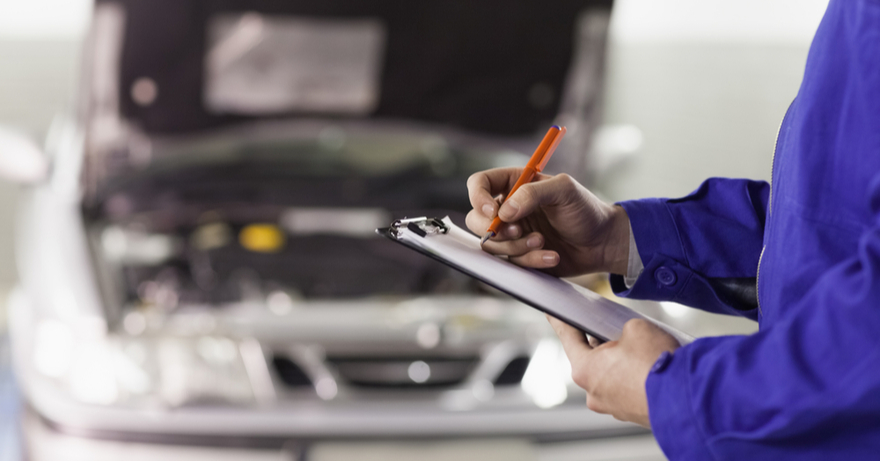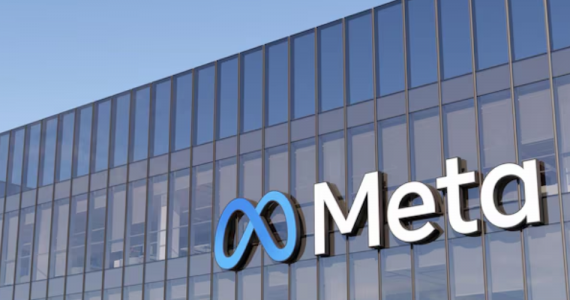A recent study found that a $1,000-unexpected problem like a car repair or an emergency room visit would push a lot of Americans to debt – this did not just show the current financial instability of most people, it also reflects what the dangers of being unprepared might be for people when accidents happen.
This is harrowing, knowing that any unplanned event cannot be covered by a lot of people. As much as this is an alarming discovery, it may also serve as a wake-up call to those who don’t regularly save money.
Research on Effect of $1,000-Emergency
It turns out, many people are living paycheck to paycheck and that a lot don’t save. There are lesser employment opportunities and prices of basic necessities are skyrocketing nowadays because of the current state of the economy.
The study, done by Bankrate, a personal finance website, found that of the more than 1,000 participants, only 40 percent were ready for an emergency that would require them to shell out at least a thousand dollars, which means these are the people who can easily withdraw cash from their bank accounts when the need arises.

Where does that leave the other respondents? Fifteen percent will secure a loan or use their credit cards, 14 percent said they will reduce their spending, while 13 percent admitted they will just borrow money from family and friends.
Meanwhile, 10 percent of those surveyed said they didn’t know what to do and will just figure something out, which means there are really those who have no clue on where they will source funds in case of an unexpected event.
To cut it short, the majority of those who participated in the study are financially unprepared for any unforeseen circumstance that would require even just $1,000.
According to research from Prudential, about 60 percent of households experience a financial emergency last year, which means that unexpected circumstances are really not that scarce. The median of a family’s liquid net worth is also placed at just $813.
When cash strapped, people have the tendency to use money that isn’t supposed to be touched in the present, like their retirement savings, and they also tap credit cards or payday loans.
Big Push to Saving for Emergency Fund
In the study, Prudential found that 63 percent cannot afford a $500-emergency while 31 percent said they would tap their retirement plan loans or use withdrawals to pay for the expenses.
Enter Prudential’s newest option that can help individuals to save for an emergency – this allows employees to automatically allot money in low-cost ventures like stable value funds or the stock market. This feature lets people set aside $500 to an amount that’s equal to six months of expenses.

The Internal Revenue Service has put the limit for this year’s total amount that participants can contribute to their retirement plans at $56,000. MGM Studios is one of the companies that tried the emergency savings feature and a human resource executive from the company, Tab Haas-Winkelman, said they were shocked that a lot of people tried the tool. As a disclaimer, the studio’s official admitted that the efficiency of the program was too early to tell because no one has withdrawn yet.
Advantages of an Emergency Fund
Despite this, Haas-Winkelman said that participating in this has two advantages: they don’t need to pay back the money they had withdrawn from their savings and that they can increase their money through the investments rather than a regular savings account. Prudential Retirement president Phil Waldeck explained that letting employees develop a savings habit can greatly help them be more productive and focused at work.

That’s not all, the automated deductions in paychecks will help employees be strict with their savings plan. This will prevent the scenario where you’ll set and promise yourself that you will set aside money, but oftentimes, forgetfulness and other priorities hindered this from coming to a realization.
Little did they know that the money in their emergency savings account is slowly but steadily growing. Meanwhile, if your workplace does not offer the same feature, you can always do it yourself by automating savings so that a portion of your money immediately gets transferred to an account.





